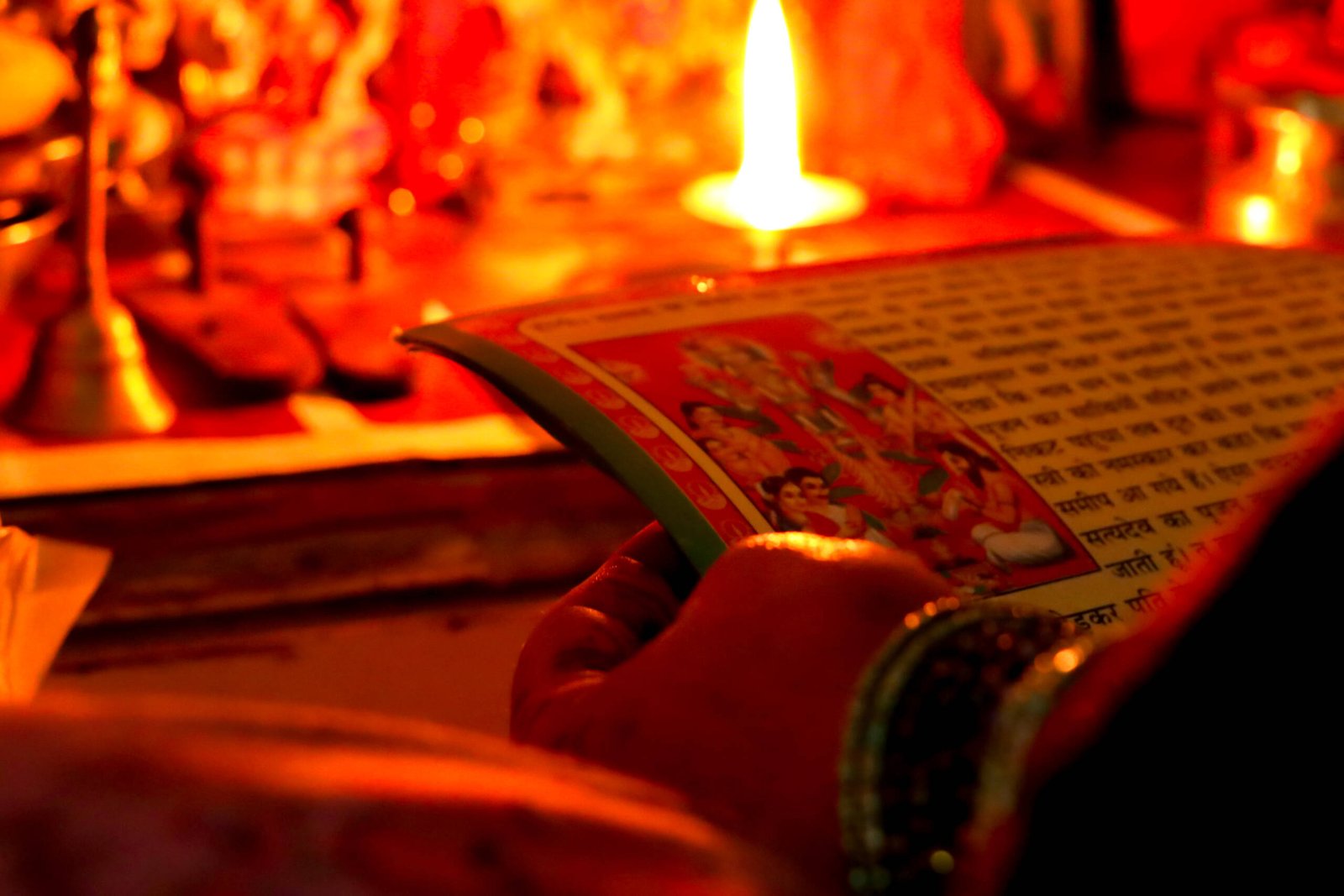In today’s fast-paced world, the desire to create a peaceful, balanced, and energy-efficient
home is stronger than ever. In an era where modern architecture and technology dominate our living spaces, ancient practices like Vastu Shastra and Feng Shui have experienced a huge popularity. These timeless designs and energy flow sciences offer unique insights into
creating harmonious environments that promote well-being, prosperity, and balance.
Originating from different cultural backgrounds, Vastu Shastra from India and Feng Shui
from China share common goals but differ in their principles and applications.
What Are Vastu Shastra and Feng Shui?
Vastu Shastra is an ancient Indian architectural science dating back to 6000 BCE. Rooted in
Hindu and Buddhist traditions, it emphasizes harmony between human dwellings and natural
forces. The term “Vastu” translates to “dwelling,” and the practice focuses on aligning
structures with the five elements—earth, water, fire, air, and space. Feng Shui, originating in China around 960 BCE, translates to “wind-water.” It is a geomantic practice that seeks to balance energies (chi) within a space to ensure health, wealth, and happiness. Feng Shui principles are deeply tied to Chinese metaphysics and involve elements like —earth, fire, water, wood, and metal. In many ways, both practices align natural elements into the living space for the common goal of an improved experience of ‘dwelling’.
The Rise of Energy-Conscious Design
Contemporary design trends are increasingly embracing the philosophies of Vastu and Feng
Shui. Homeowners today seek more than aesthetics—they want spaces that support health,
mindfulness, and energy flow. Architects now integrate ancient wisdom with sustainable design principles such as cross ventilation, solar orientation, and biophilic elements like indoor plants. Scientific studies in environmental psychology affirm the benefits of clutter-free
spaces, natural lighting, and ergonomic layouts—all deeply embedded in Vastu and
Feng Shui.
Modern Relevance of Vastu and Feng Shui
Modern lifestyles and architectural styles are increasingly embracing these principles in innovative and practical ways.
Entrance: According to Vastu, a main door facing east or north brings positive
energy. Feng Shui supports a clean, welcoming entrance free from obstacles,
representing new opportunities.
Living Room: Vastu places the living room in the northeast or north direction to
foster family bonding. Feng Shui favors circular seating arrangements to enhance
social harmony.
Bedroom: A bedroom located in the southwest (Vastu) supports stability, while Feng
Shui emphasizes grounding energy and recommends avoiding mirrors facing the bed
or beams overhead.
Kitchen: Placing the kitchen in the southeast (Vastu) supports the fire element, while
Feng Shui stresses balance between the stove and sink to maintain harmony between
fire and water.
Decor Elements: Natural materials, indoor plants, symmetrical design, and calming
colors enhance the flow of positive energy and are staples in both philosophies.
Global Adoption of Ancient Science
The modern relevance of Vastu and Feng Shui is evident in their increasing adoption
worldwide. Architects and interior designers now integrate these principles into urban
planning and interior design to create spaces that attract positive energy. The demand for
Vastu in India and Feng Shui consultations globally reflect a growing interest in holistic
living. As people seek more than just physical comfort from their homes, these ancient
sciences offer a way to reconnect with nature and enhance well-being in a fast-paced world.
Key takeaways:
Vastu Shastra and Feng Shui are more than just ancient traditions; they are profound sciences that bridge the gap between architecture and spirituality. By embracing these practices, individuals can transform their homes into sanctuaries of peace and prosperity.
Whether you choose to follow one system or blend both, their timeless wisdom can enhance the functionality and harmony of modern living spaces, offering a unique blend of tradition and innovation in home design. At Ankura Homes, we ensure that our spacious apartments and villas are constructed in compliance with Vastu. Our projects blend traditional wisdom with contemporary design to offer beautiful, efficient, and energetically equalised homes. We aim to strike the perfect elemental balance in the scenic properties our homes are nestled in. Take a look at our projects today!




